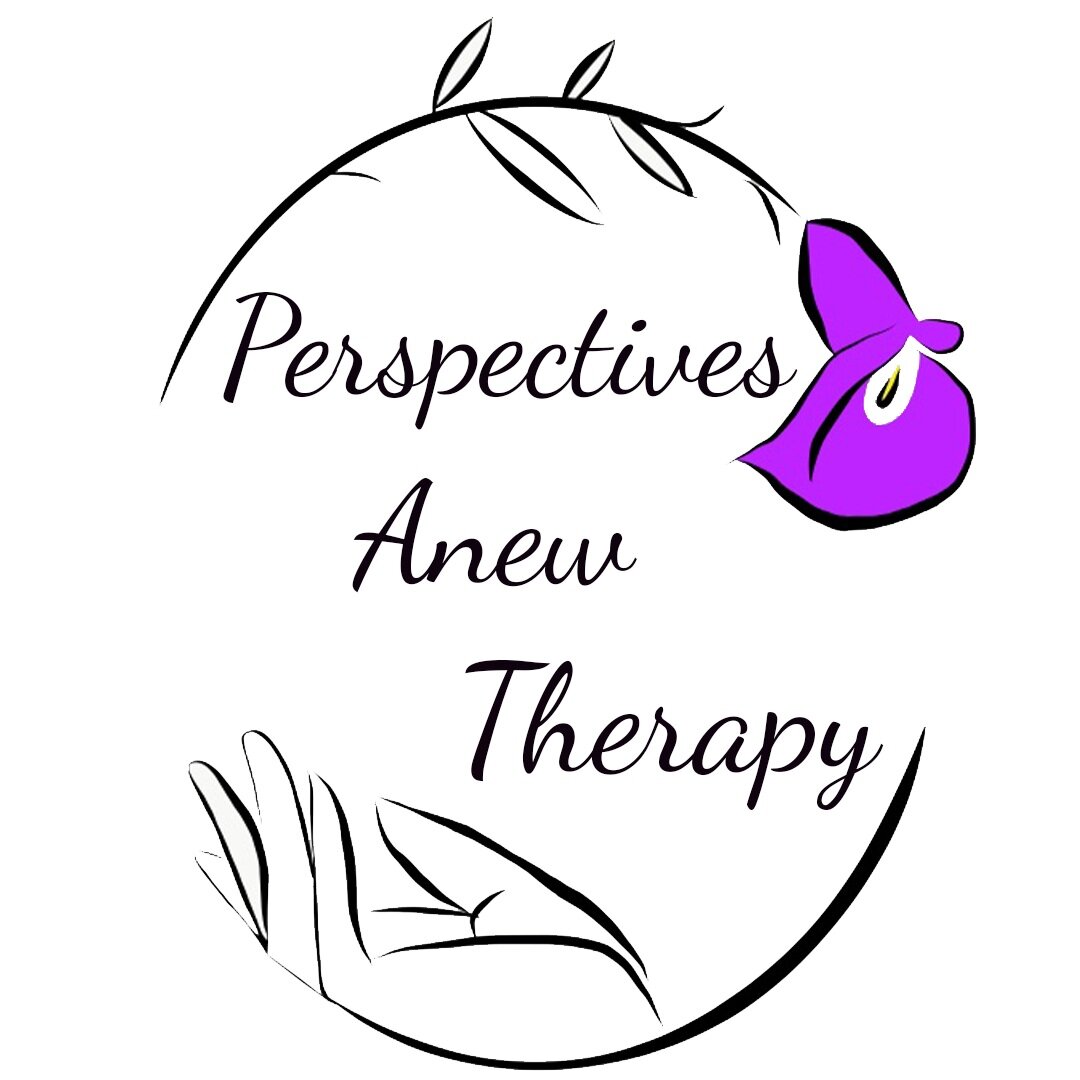Social Anxiety Disorder
Social anxiety disorder (SAD) is defined as an intense and constant fear of being watched and judged by other people. This anxiety is constant during work, school, and other activities such as grocery shopping. People living with SAD fear situations where they may be subjected to scrutiny and judgment, this can range from anxiety about meeting new people to eating in front of others. The deep rooted anxiety is linked to the fear of humiliation and rejection. With this disorder, anxiety feels beyond the control of the person living with it, some individuals living with this disorder are able to complete tasks that are required of them but feel an immense amount of anxiety while doing so.
Avoidance tendencies usually occur when dealing with anxiety or an anxiety disorder causing people to miss events due to high levels of distress. Anxiety can occur weeks before an event due to thinking about having an obligation to attend and results in a massive amount of stress. It is important to note that some people with SAD do not experience anxiety during social interactions but experience it when they have to perform. This can be seen during a sports game, presenting a project at school or work, or being a member of a school play. During childhood, SAD can present are shyness or avoidance and occurs more frequently in females than males.
Signs and symptoms of SAD are usually experienced when performing in front of others. These signs and symptoms include sweating or trembling, increased heart rate, feeling as if your mind has gone blank, feeling sick to your stomach, and rigid body posture. Additionally, a person may experience speaking with a very soft voice, difficulty making or maintaining eye contact even if they want to maintain it, feeling self-conscious at the thought of being judged, and avoiding places where groups of people tend to be.
SAD is a common disorder that can be treated with cognitive behavioral therapy, or CBT, and teaches a client new ways of thinking, behaving, and feeling during situations that cause anxiety. Exposure therapy focuses on consistently confronting the underlying fears of a person's anxiety disorder to help the client engage in activities they have been avoiding. Typically, exposure therapy will also include relaxation techniques to help the client self-soothe and reduce physical symptoms of anxiety. Acceptance and commitment therapy (ACT), uses mindfulness and goal setting to reduce feelings of anxiety and discomfort. Medications such as benzodiazepines, beta-blockers, and antidepressants can be prescribed to a client living with SAD. Support groups can also be beneficial to those living with anxiety because they will receive unbiased feedback from other people within the group. Additionally, support groups allow others to learn how other people living with SAD have overcome their own fears and what has worked best for them.
Source: NIH
